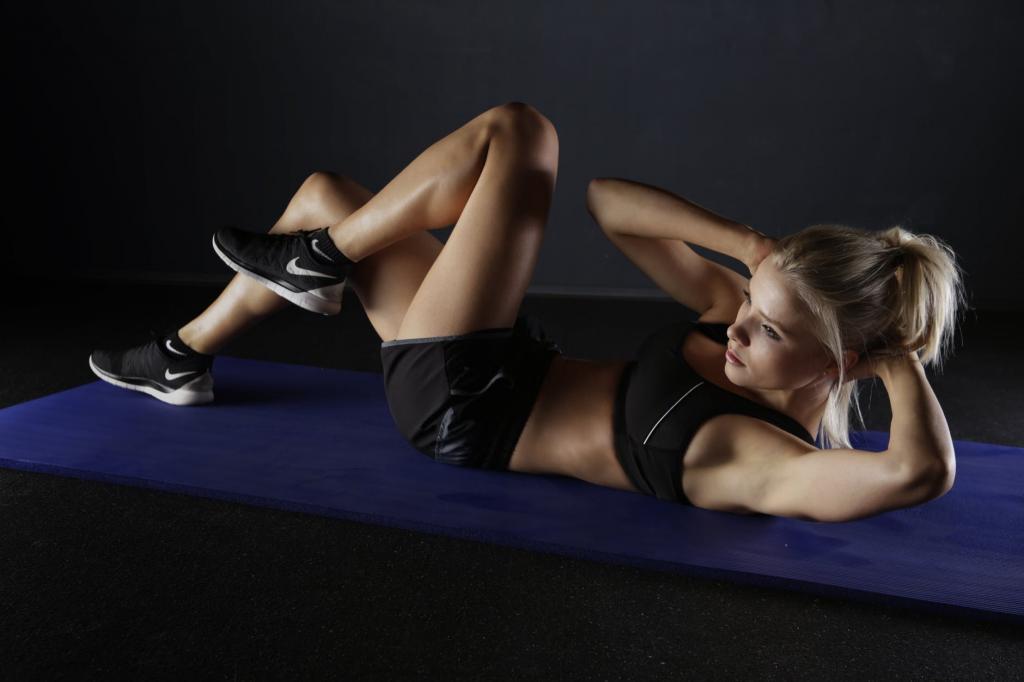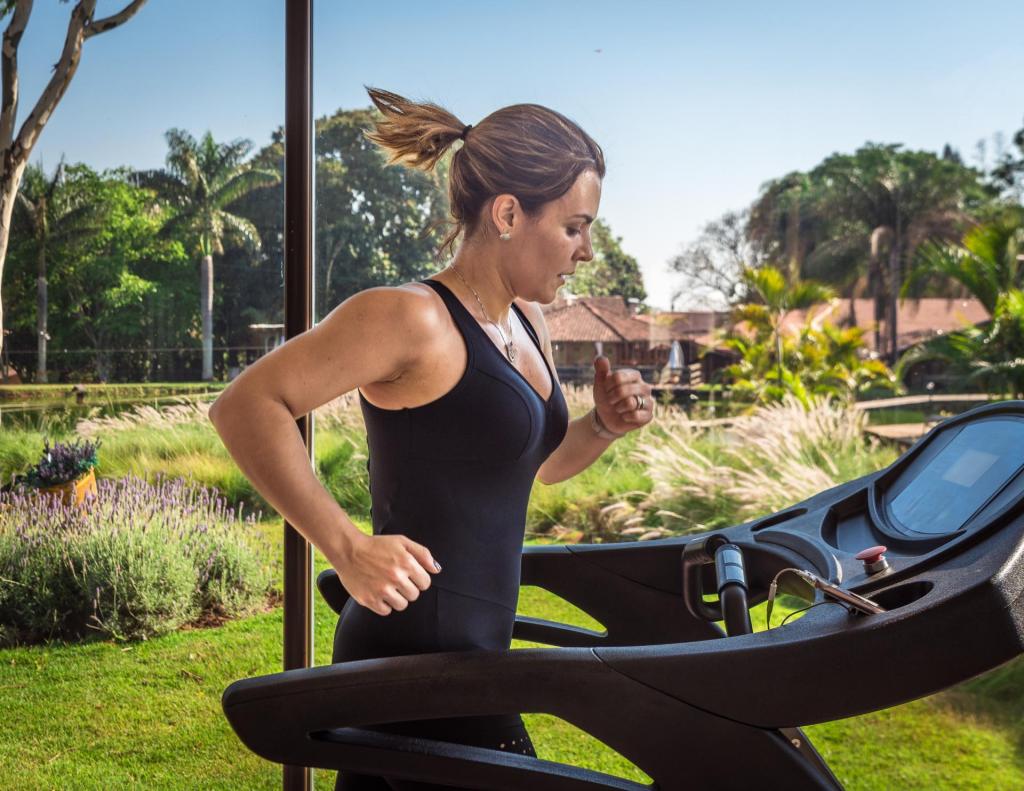How To Get Started With High-Intensity Interval Training

Unsplash/Julia Ballew
If you’re looking for a way to score a serious workout that doesn’t take an hour out of your day, high-intensity interval training (HIIT) could be worth a try. This method allows you to burn a substantial number of calories and improve both your cardiovascular and muscular endurance quite a bit. Here’s everything you need to know about HIIT as a first-timer, including how it works, where you can do it and examples of super effective HIIT workouts.
What is HIIT?
As the name suggests, high-intensity interval training mixes short periods of high-intensity exercise with brief, low-intensity recovery periods. Keep in mind that you’re not typically resting during those lower-intensity periods — just reducing how hard you’re working in order to recover for the next period of high-intensity work. However, there are some HIIT workouts where the recovery period is an actual rest period.
The key to HIIT is reaching the appropriate intensity for those high-intensity periods. You should be working at 90 to 100 percent of your maximum ability during that time frame. You can adjust everything else based on your current level of physical fitness.
For example, you can perform 10 seconds of high-intensity exercise with a 50-second recovery period if you need that much time. As you improve, you can increase the high-intensity time period and decrease your recovery time. You can also adjust how hard you go during that recovery period; for example, you could go from using 30 percent of your maximum effort to using 50 percent of your maximum effort.
A HIIT workout consists of a short warm-up, the HIIT portion and a cool-down period. The HIIT portion itself can be as short as five minutes. HIIT workouts typically range from 10 to 15 minutes.

The Benefits Of HIIT
What makes HIIT so effective is that it gets you exercising at your absolute maximum and quickly, and that gives your metabolism a boost, improves your endurance and helps you cut more body fat more efficiently.
And you’re not just burning calories while you’re exercising. HIIT increases your oxygen consumption both during and after your workout. And since you’re continuing to consume more oxygen for some time after you finish exercising and that additional consumption requires more work from your body, you’re also burning extra calories. (Some people refer to this benefit as the afterburn effect.)
While HIIT is useful for anyone, it’s especially good for people looking to shed body fat and for athletes who are preparing for sports that require short bursts of work at their maximum intensity. Football is a good example, since it consists of short plays with longer rest periods.
Where You Can Get Your HIIT On
Besides the short amount of time needed to get an effective HIIT workout, another benefit is that you can do it just about anywhere you want. HIIT has become far more popular in recent years, which means that there are plenty of gyms that offer classes for it, but you can also try it at home or outside in the park.

Examples Of HIIT Workouts
Perhaps the most common type of HIIT workout involves running, as that’s one of the easiest exercises for adjusting your intensity at a moment’s notice. All you need to do is alternate between periods of sprinting and rest periods where you either jog or walk.
You can also perform these intervals with just about any other type of cardio. If you’re riding a bike, exercising on an elliptical machine or swimming in a pool, you could follow the same HIIT pattern with your intensity.
Calisthenics exercises are another popular option when it comes to HIIT, but with these exercises, you do rest during your recovery periods. Choose an exercise and set a number of reps that you can do easily, along with how long you’ll rest between sets. Then, complete that pattern either a certain number of times or for as long as you can. For instance, you could do 20 pushups, rest for 25 seconds and repeat that pattern until you can’t do the full 20 pushups anymore.
Making HIIT Work For You
HIIT may be just what you need to take your fitness routine to the next level, improve your athletic performance or shed those pesky last few pounds. Start by trying it once or twice per week. Even with the benefits of HIIT, it’s still important to follow a varied routine with different types of exercise. And make sure you’re eating healthily as well because no amount of HIIT will outweigh a poor diet.
Hannah Moses is a contributing author for RightFit Personal Training, LLC.
Sign up for Daily Fit by Swirled, our newsletter featuring a wellness tip of the day and must-read health news from around the web! You’ll be one step closer to living a healthy, balanced life.
RELATED
6 Things You Should Know Before Your First HIIT Class
7 Wellness Trends To Watch For In 2019
The Perfect Spotify Playlists For Every Type Of Workout











